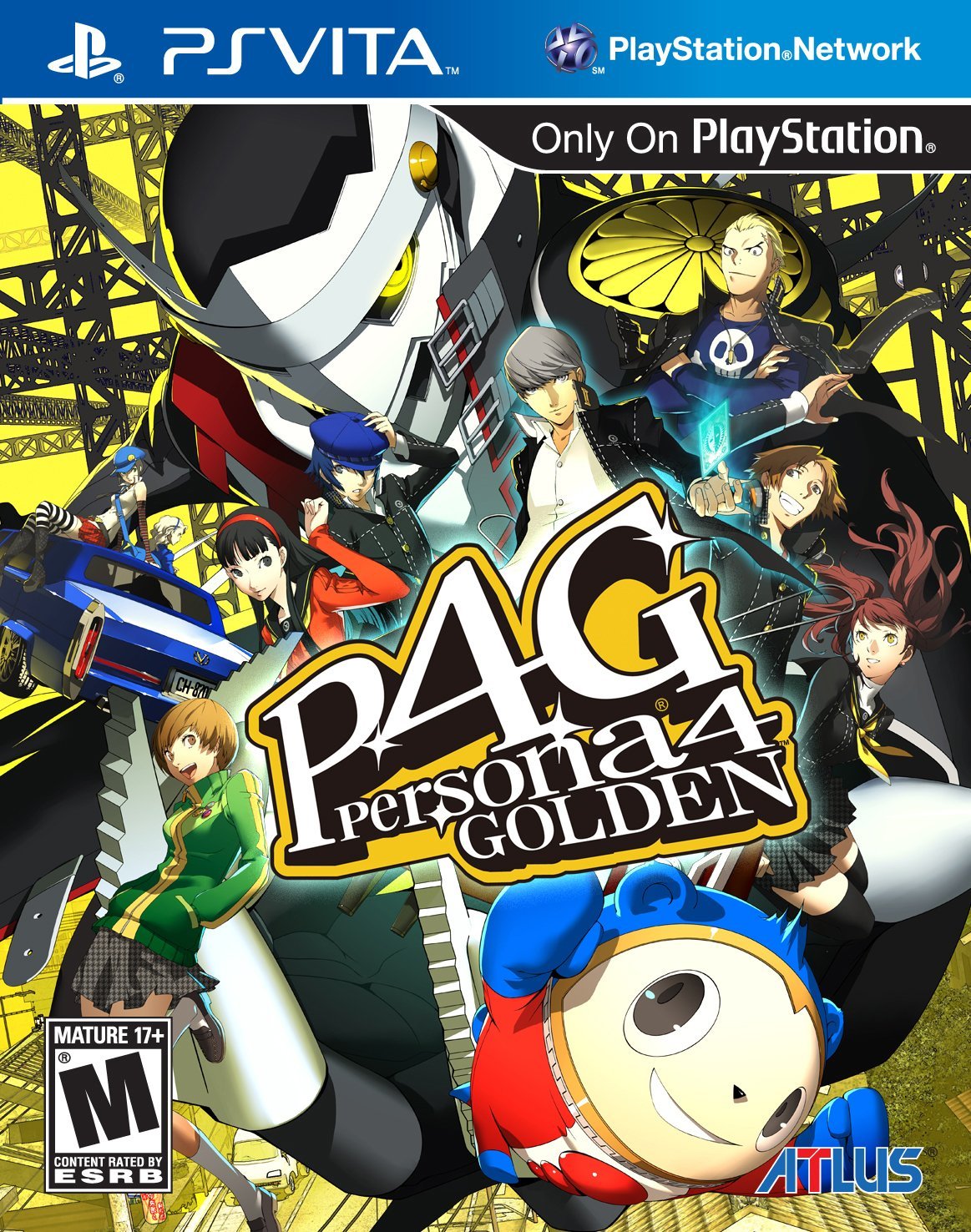Classical theater is a timeless art form. Stories written
centuries ago are continually retold for our enjoyment. But as years pass, the
forms that these stories take sometimes change, with updated appearances and
stylistic changes. Whether for artistic experimentation, or to meet the needs
of modern viewers, these changes can sometimes be quite drastic.
Take for example the Noh play Adachi ga Hara, which is attributed to Zeami, one of the founders
of Noh theater. It tells the story of a group of travelling priests who come
across a house in the plains of Adachi. Living inside the house is an old
woman, whom the priests appeal to for lodging for the night. The woman
reluctantly lets them in on one condition: that they do not look inside her
bedroom. The priests accept the terms and lay down for the night while the old
woman goes to fetch more firewood. During her absence, one of the younger
priests cannot contain his curiosity, and looks inside the bedroom to find
piles of dead bodies. Just as the priests are about to run for their lives, the
old woman returns as an angry ogre, enraged that the priests discovered her
secret. She attempts to eat the priests, but they use their ascetic training
and prayer to banish the monster and preserve their lives.
 |
| The lead priest Yukei fights off the ogre with prayer |











